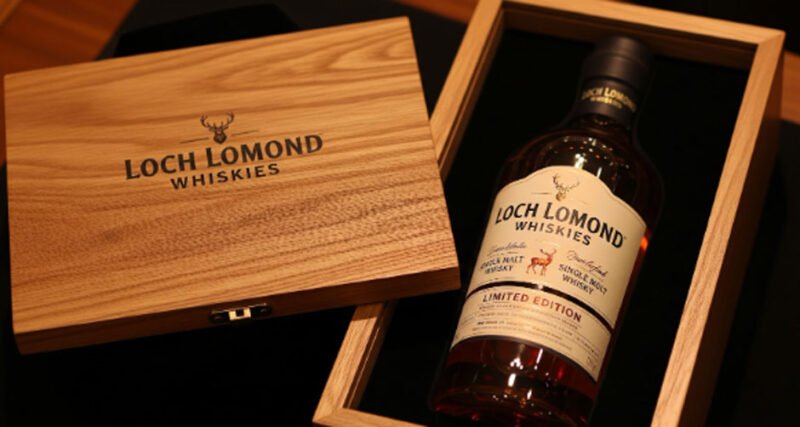Walk into any well-stocked spirits shop and you’ll encounter a fundamental divide. On one shelf sits the familiar bottle you might buy for a Friday night. On another rests a presentation box containing something markedly different. This isn’t just a matter of price; it reflects a complete divergence in purpose, production, and destiny. Understanding the chasm between a standard release and a limited edition means understanding two distinct cultures that exist within the world of whisky: one of consumption, and another of collection.
The Nature of a Standard Release
A distillery’s core-range bottle is its signature. Think of the classic expressions from distilleries like Loch Lomond Whiskies. These are produced consistently, year after year, with the primary goal of maintaining a reliable flavor profile. Their character is designed for accessibility and consistency. The master blender’s art here is one of replication, skillfully combining casks to ensure your next bottle of the 12-year-old tastes remarkably similar to the last one. This is the workhorse of the whisky world, meant for opening and enjoying without ceremony.
The Allure of the Limited Edition
Limited editions are the distillery’s laboratory. They are experiments, celebrations, or historical snapshots. A release might feature whisky from a handful of exceptional casks, a unique barley variety, or an innovative finishing period in a rare wine barrel. Their quantity is finite, sometimes just a few hundred bottles worldwide. The goal isn’t consistency, but uniqueness. Each limited edition tells a specific story, a particular vintage, a tribute to a retired master distiller, or a recreation of a historical style. It is a moment in time, captured in glass.
The Drinker’s Perspective
For the enthusiast who opens every bottle, whisky is a sensory experience. Their interest lies in the liquid’s journey across the palate. They seek out limited editions to taste something extraordinary, a flavor combination that may never exist again. The experience is the prize. For them, a bottle’s value is measured in the pleasure and conversation it provides. A rare expression might be saved for a significant birthday, but its ultimate purpose remains the same: to be shared and savored, transforming a special occasion into a memorable tasting.
The Collector’s Mindset
A collector operates on a different plane. Their relationship with whisky is often more financial and curatorial than gustatory. They view bottles as assets and artifacts. Key drivers include rarity, packaging, and investment potential. An unopened bottle from a closed distillery or a misprinted label can be worth a small fortune. The collection itself becomes the focus, a carefully cataloged library of liquid history where the story on the outside of the bottle can be as important as the spirit within.
The Clash of Philosophies
This divide can create tension. A drinker may see a collector’s sealed cabinet as a library where all the books are permanently glued shut, a frustration of the spirit’s very purpose. Conversely, a collector might view a drinker opening a rare bottle as akin to using a vintage stamp for everyday mail. One philosophy prioritizes transient sensory pleasure; the other values permanent preservation and potential financial gain. They are two valid, yet fundamentally opposed, ways of engaging with the same object.
Bridging the Divide
Fortunately, the line isn’t always absolute. Many collectors are also passionate drinkers, who might buy two bottles, one to keep and one to open. Likewise, a serious drinker may naturally accumulate a “collection” of unique empty bottles as trophies of past experiences. The healthiest approach often lies in recognizing that both perspectives enrich the culture. The collector helps preserve whisky’s history, while the drinker fulfills its destiny. One gives the bottle a future; the other gives its contents a purpose. In the end, both are celebrating the same remarkable spirit, just on different timelines.






